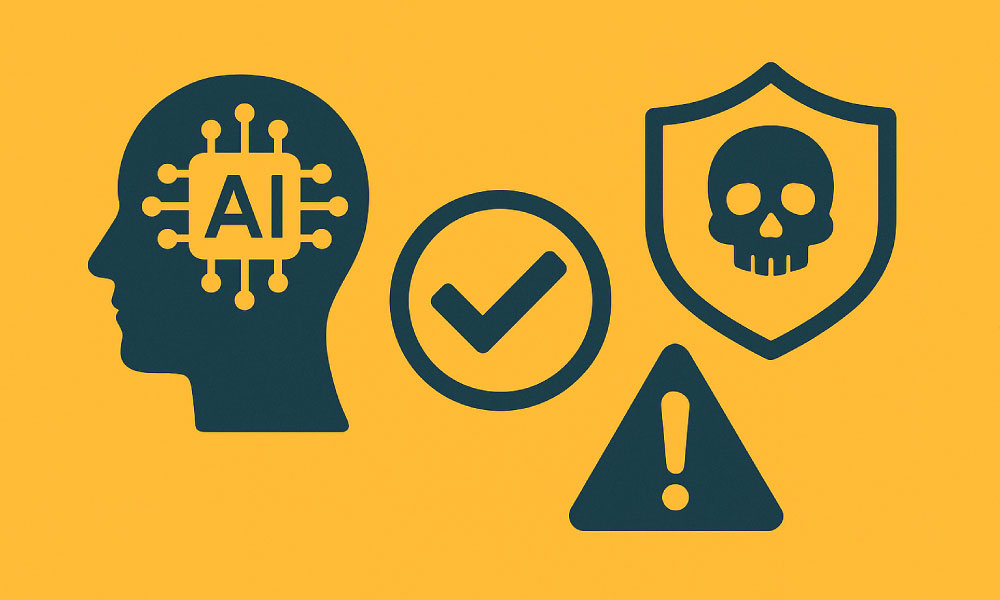What SMEs Need to Know About Cybersecurity in the Age of AI
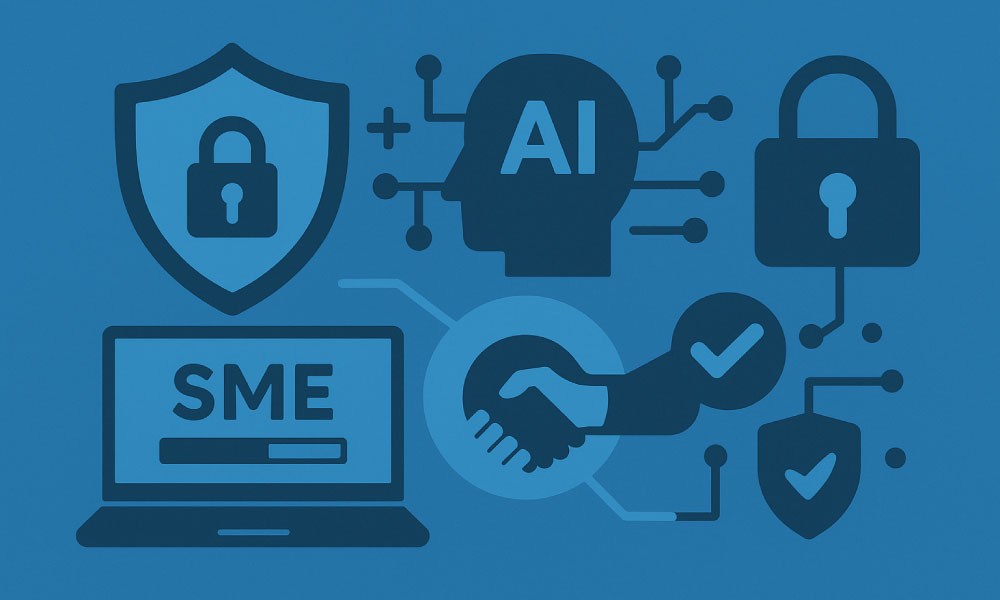
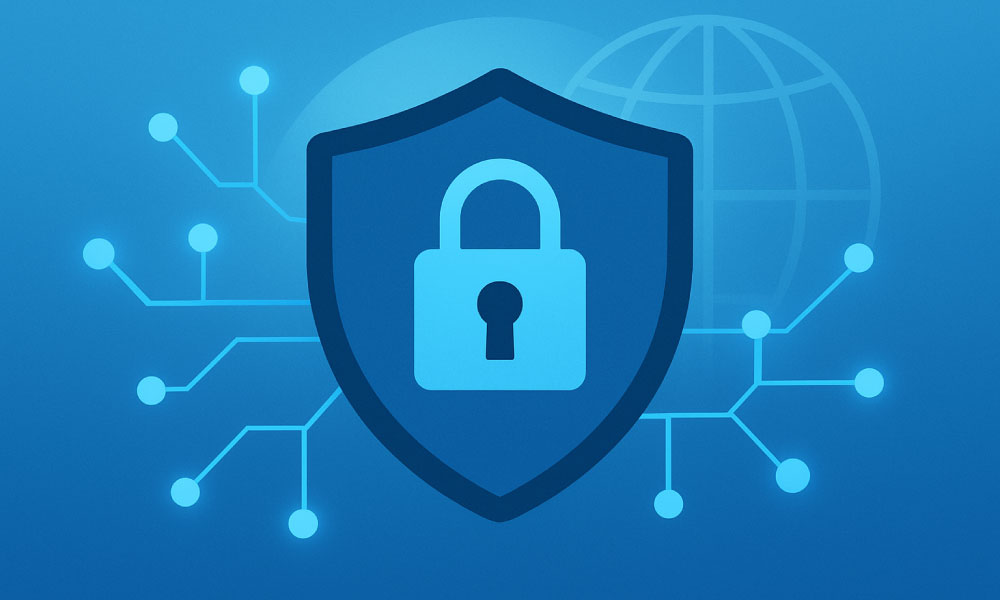
Why Cybersecurity Matters More Than Ever
- Financial losses from fraud or ransomware.
- Reputational damage that erodes customer trust.
- Legal penalties for non-compliance with regulations such as GDPR or CCPA.
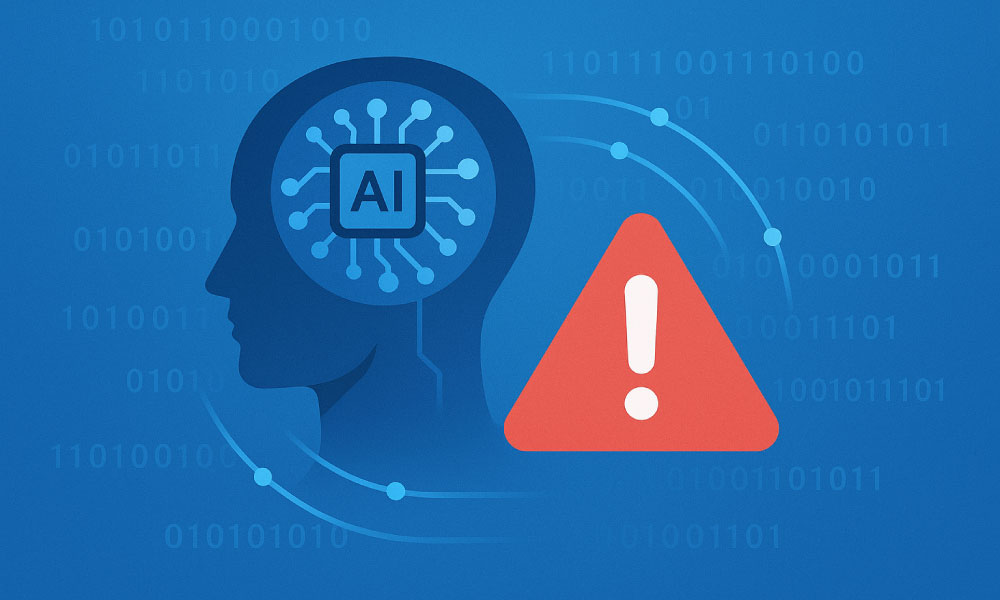
How AI Is Changing Cybersecurity Threats
1. AI-Powered Phishing Attacks
Traditional phishing emails are often easy to spot due to poor grammar or suspicious links. But with AI, cybercriminals can generate highly convincing, personalized phishing messages that mimic trusted sources.
2. Deepfakes and Social Engineering
AI tools can create realistic audio and video for impersonation. Fraudsters might pose as company executives to trick employees into transferring funds or sharing sensitive data.
3. Automated Malware and Ransomware
AI enables malware that adapts in real-time, making it harder for traditional defenses to detect. Ransomware attacks powered by AI can spread faster and demand larger payouts.
4. Credential Stuffing at Scale
Attackers can use AI to test stolen usernames and passwords across multiple platforms in seconds, exploiting weak or reused credentials.
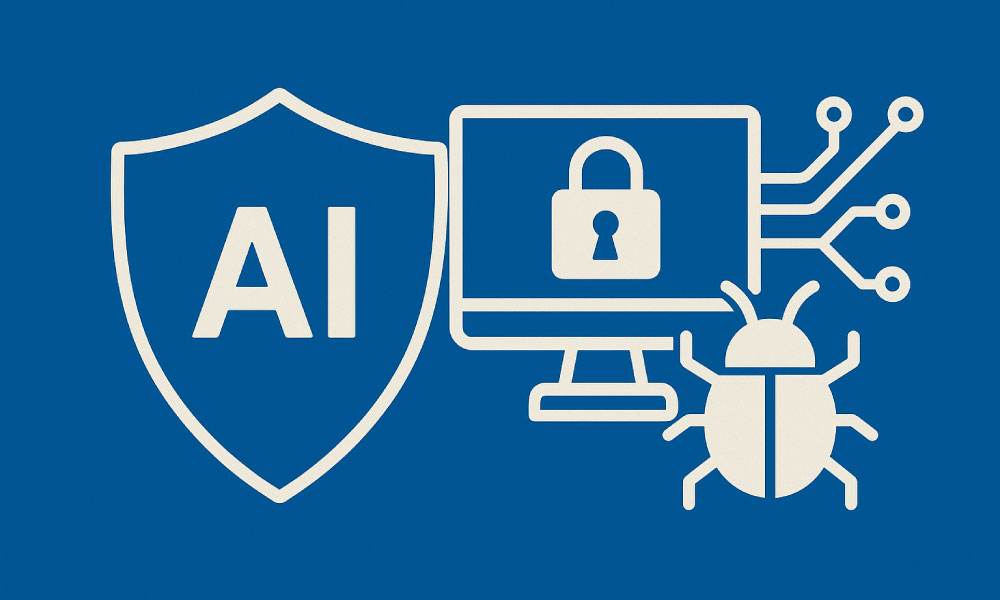
How AI Is Strengthening Cybersecurity Defenses
1. Threat Detection and Prevention
AI-powered systems analyze network traffic and user behavior to identify anomalies that may indicate an attack. This allows for real-time detection and automatic response.
2. Automated Incident Response
AI can prioritize alerts and even take immediate actions, such as isolating infected devices, reducing the need for large in-house security teams.
3. Fraud Prevention
Banks and payment processors already use AI to flag unusual transactions. SMEs can leverage similar tools to protect customer payments and prevent e-commerce fraud.
4. Enhanced Authentication
AI supports biometric verification (like facial recognition and fingerprints), adding layers of security beyond traditional passwords.
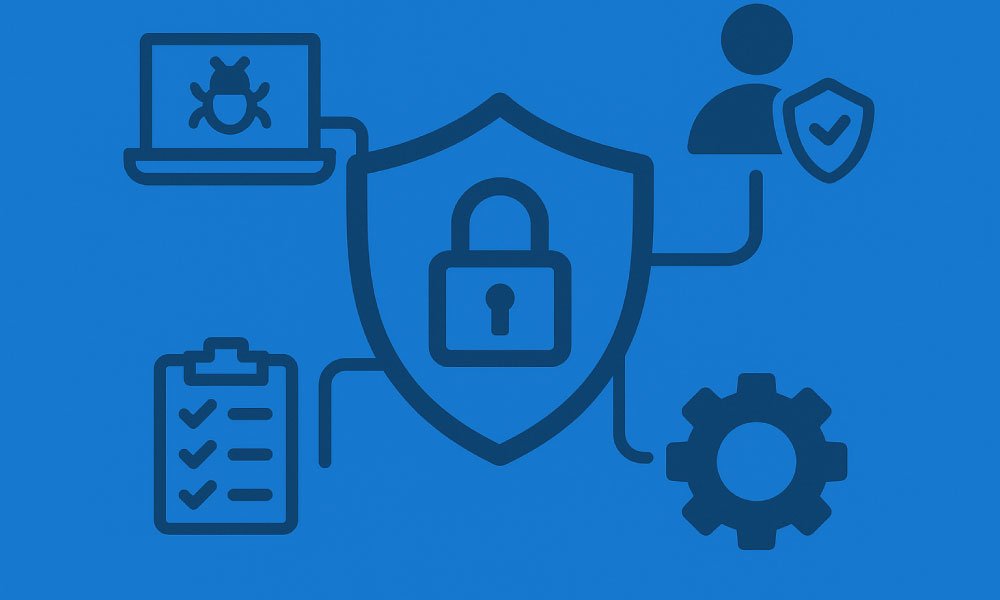
Cybersecurity Best Practices for SMEs in the AI Era
1. Invest in AI-Driven Security Tools
Adopt affordable AI-based solutions for endpoint protection, email filtering, and threat detection. Many cloud-based providers now offer SME-friendly pricing.
2. Train Employees Regularly
Human error remains the biggest cybersecurity risk. Regular training on spotting phishing attempts, handling sensitive data, and using strong passwords is essential.
3. Adopt a Zero Trust Model
Instead of assuming everything inside your network is safe, a Zero Trust approach verifies every request, —whether it comes from inside or outside the network.
4. Update and Patch Systems
Cybercriminals exploit outdated software. Ensure operating systems, applications, and security tools are updated regularly.
5. Use Strong Authentication
Implement multi-factor authentication (MFA) across all business systems to reduce the risk of compromised accounts.
6. Have a Data Backup and Recovery Plan
In case of ransomware or system failure, regular backups ensure that business operations can continue with minimal disruption.
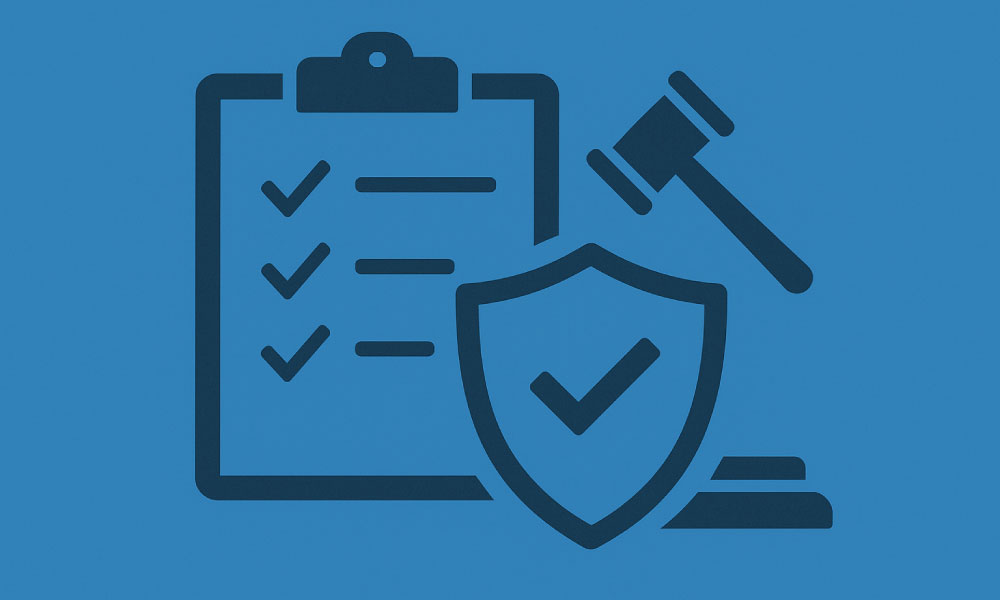
Compliance and Regulations SMEs Shouldn’t Ignore
- GDPR (General Data Protection Regulation) – applies to businesses dealing with EU customer data.
- CCPA (California Consumer Privacy Act) – for businesses handling California residents’ data.
- Local cybersecurity frameworks – many countries are introducing their own rules for data protection and AI governance.
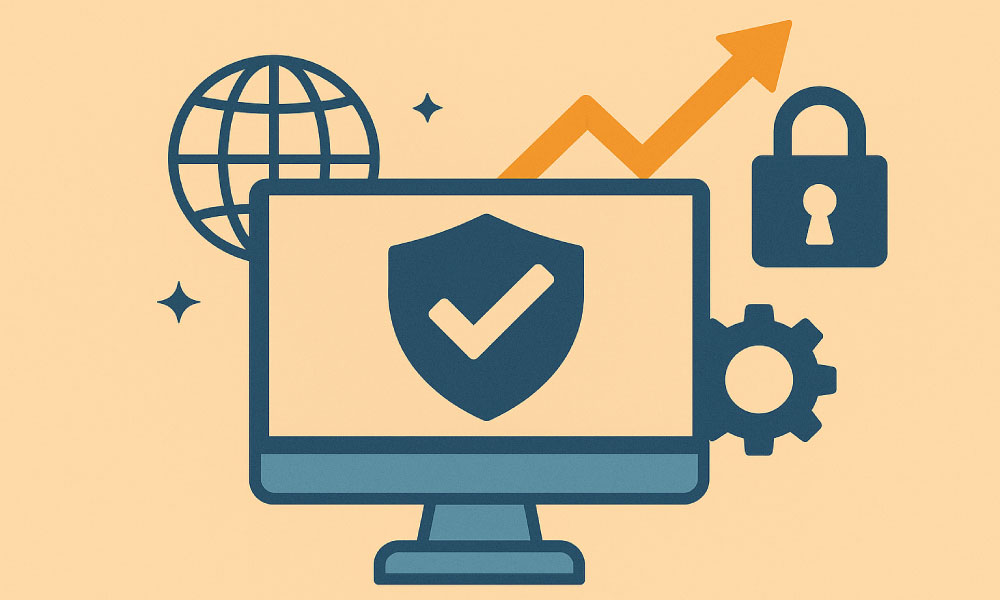
The Future of Cybersecurity for SMEs
- AI-Powered Identity Verification: Secure logins using advanced biometrics.
- Predictive Cybersecurity: AI will predict attacks before they happen by analyzing global threat data.
- Ethical AI and Governance: Businesses will be expected to use AI responsibly, ensuring algorithms are transparent and unbiased.
